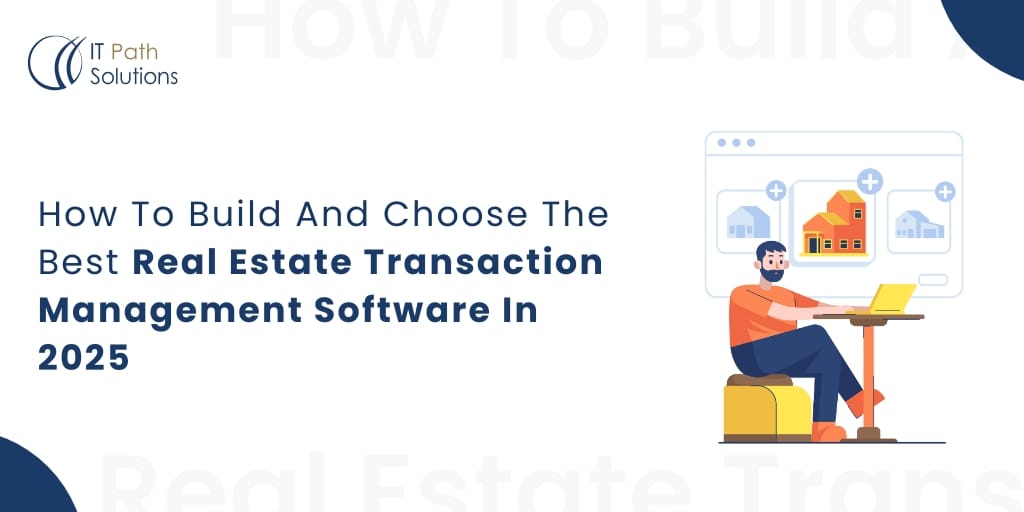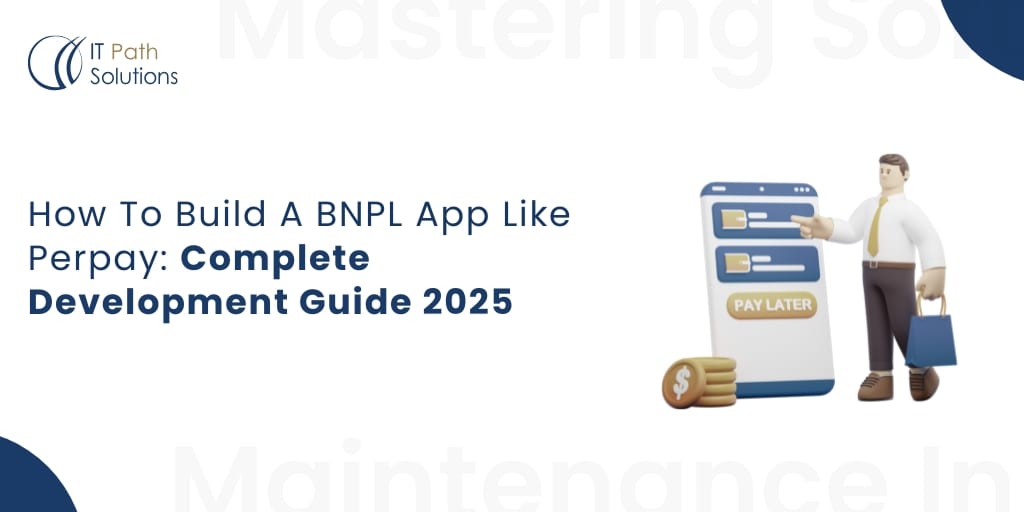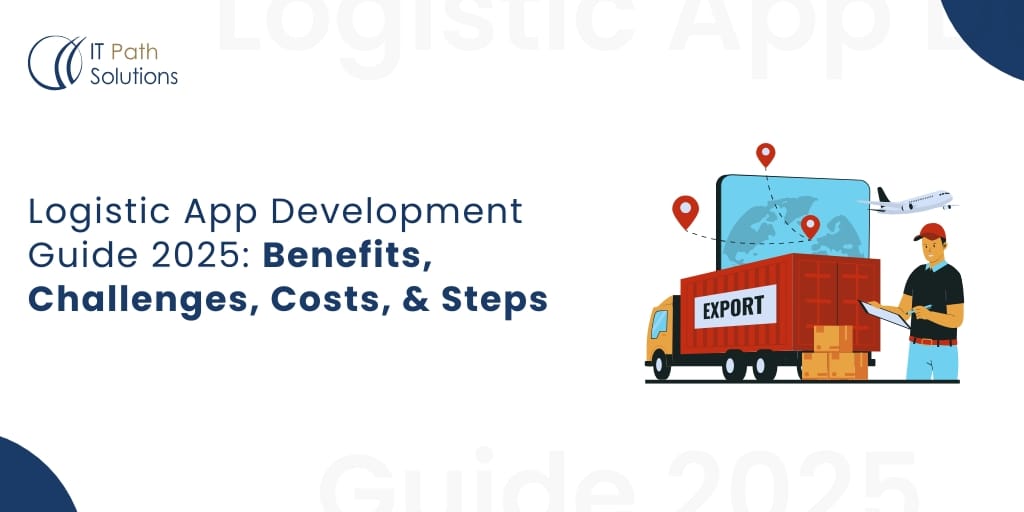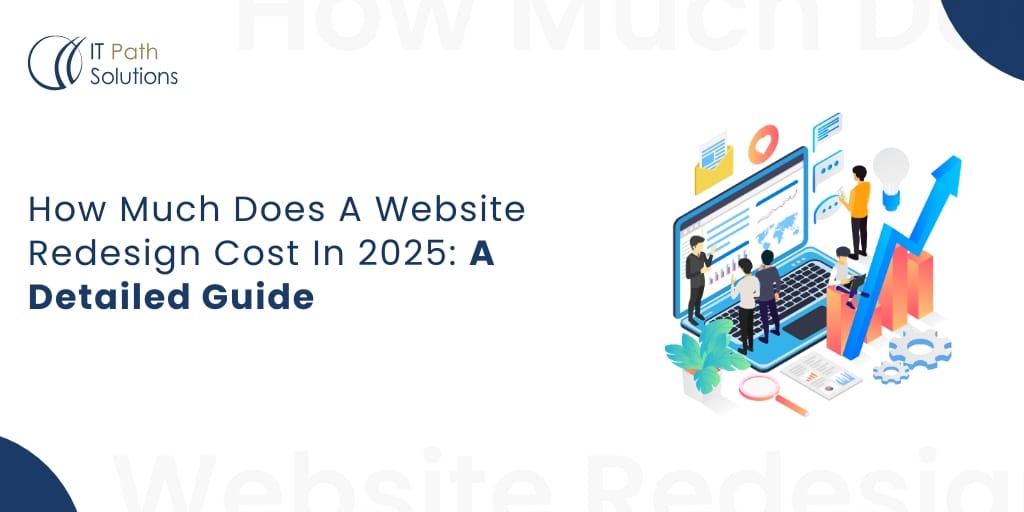How to Develop On-Demand Beauty Services Mobile App: Your Complete Roadmap to Digital Beauty Success
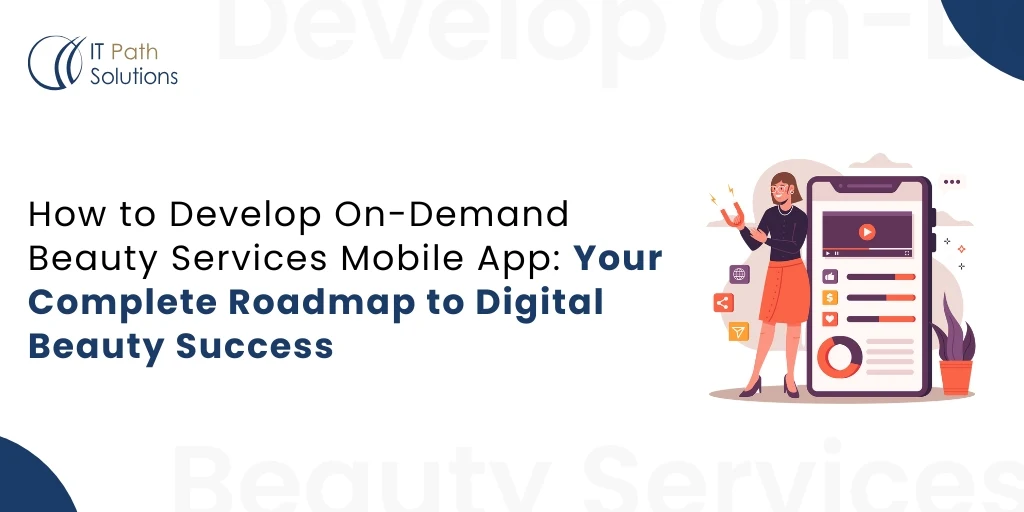
The Beauty Industry’s Digital Transformation: Why Now Is Your Moment
Undoubtedly, the beauty services landscape has fundamentally shifted. Traditional salon models are rapidly evolving toward on-demand beauty services app development, creating new opportunities for businesses. Consequently, entrepreneurs who understand how to set up a mobile beauty business are positioning themselves for extraordinary success.
Recent market studies highlight this transformation. The mobile beauty on-demand platform market which enables users to conveniently book beauty services through apps—is projected to grow at a CAGR of 18.2% between 2025 and 2032. Similarly, the global beauty application market is forecasted to expand from USD 3.2 billion in 2024 to USD 12.8 billion by 2033, reflecting a strong CAGR of 14.9%.
These figures underscore why beauty salon mobile solutions software has become essential rather than optional.
Nevertheless, many beauty entrepreneurs still struggle with technical complexities. That’s why this comprehensive guide is designed to demystify every aspect of salon mobile solutions software development. Here, you’ll discover actionable insights and proven strategies that successful beauty apps use to dominate their markets.
Market Intelligence: Understanding Consumer Behavior in the Digital Beauty Ecosystem
The Psychology Behind On-Demand Beauty Services
Initially, consumers sought convenience above all else. However, modern beauty enthusiasts demand personalized experiences through mobile beauty app platforms. Furthermore, the pandemic accelerated adoption of contactless beauty service booking applications.
Consequently, successful custom beauty mobile apps must address three core consumer motivations:
Time Optimization: Primarily, busy professionals need flexible scheduling options. Moreover, beauty appointment management apps that offer last-minute bookings see 40% higher engagement. Therefore, real-time availability becomes a competitive advantage.
Quality Assurance: Meanwhile, consumers want verified professional credentials. Additionally, beauty professional app development must include comprehensive rating systems. Subsequently, transparent reviews build trust and drive conversions.
Personalized Experiences: Furthermore, AI-powered beauty service mobile applications deliver customized recommendations. Consequently, users spend 65% more when apps understand their preferences. Therefore, machine learning integration becomes crucial for revenue optimization.
Emerging Consumer Segments and Opportunities
Corporate Beauty Services: Notably, workplace wellness programs increasingly include beauty services. Moreover, enterprise beauty booking solutions represent untapped market potential. Subsequently, B2B partnerships can multiply revenue streams significantly.
Event-Specific Beauty Services: Additionally, special occasions drive premium pricing opportunities. Furthermore, event beauty booking platforms command higher margins than regular services. Therefore, seasonal marketing strategies become essential for growth.
Health-Focused Beauty Solutions: Consequently, wellness integration creates competitive differentiation. Moreover, holistic beauty service apps attract health-conscious consumers. Subsequently, partnerships with fitness and nutrition apps expand market reach.
Strategic Planning: Building Your App’s Foundation for Success
Market Research Methodologies That Actually Work
Competitive Gap Analysis: First, identify underserved market segments through systematic research. Furthermore, analyze competitor beauty booking app features to discover improvement opportunities. Additionally, user review sentiment analysis reveals unmet needs.
Customer Journey Mapping: Moreover, understanding user touchpoints optimizes beauty app user experience design. Subsequently, pain point identification guides feature prioritization. Therefore, empathy mapping ensures user-centric development approaches.
Revenue Model Validation: Consequently, testing pricing strategies early prevents costly mistakes. Furthermore, beauty service app monetization models must align with target demographics. Additionally, pilot programs validate market acceptance before full-scale launches.
Technical Architecture Planning for Scalability
Infrastructure Scalability Assessment: Meanwhile, anticipating growth prevents performance bottlenecks. Moreover, cloud-based beauty booking systems handle traffic spikes effectively. Subsequently, auto-scaling capabilities ensure consistent user experiences.
Data Architecture Design: Furthermore, efficient data structures support real-time bookings. Additionally, beauty service database optimization improves response times significantly. Therefore, proper indexing strategies become critical for performance.
Security Framework Implementation: Consequently, protecting user data builds trust and ensures compliance. Moreover, beauty app security protocols must exceed industry standards. Subsequently, regular security audits prevent costly breaches.
Core Features That Drive User Engagement and Revenue

Essential User-Facing Capabilities
Intelligent Service Discovery Engine: Initially, users need intuitive browsing experiences. Furthermore, AI-powered beauty service recommendations increase booking rates by 45%. Additionally, location-based filtering connects users with nearby professionals.
Seamless Multi-Step Booking Process: Moreover, streamlined booking flows reduce abandonment rates. Subsequently, beauty appointment scheduling software should minimize required inputs. Therefore, guest checkout options capture impulse bookings effectively.
Dynamic Pricing and Promotion Management: Consequently, flexible pricing strategies maximize revenue potential. Furthermore, beauty service pricing optimization responds to demand fluctuations. Additionally, automated discount triggers encourage repeat bookings.
Comprehensive Communication Suite: Meanwhile, integrated messaging prevents booking confusion. Moreover, beauty service communication tools include video consultations. Subsequently, automated updates keep users informed throughout their journey.
Advanced Professional Management Features

Professional Onboarding and Verification: First, streamlined provider registration accelerates marketplace growth. Furthermore, beauty professional verification systems ensure service quality. Additionally, automated background checks protect user safety.
Revenue Management Dashboard: Moreover, detailed analytics help professionals optimize earnings. Subsequently, beauty professional income tracking includes tax reporting features. Therefore, financial transparency builds long-term partnerships.
Client Relationship Management: Consequently, customer history tracking enables personalized service delivery. Furthermore, beauty client management features support loyalty building. Additionally, automated follow-up sequences improve retention rates.
Professional Development Resources: Meanwhile, continuing education features enhance service quality. Moreover, beauty professional training modules keep skills current. Subsequently, certification tracking maintains professional standards.
Development Process: From Concept to Launch

The development process outlines where mobile app development process moves seamlessly from initial concept to final launch
Phase 1: Strategic Foundation and Planning
Market Validation Through MVP Development: Initially, minimum viable products test core assumptions efficiently. Furthermore, beauty app MVP development requires focused feature sets. Additionally, user feedback iteration cycles prevent costly feature bloat.
Technical Stack Selection and Evaluation: Moreover, choosing appropriate technologies impacts long-term scalability. Subsequently, beauty app technology stack decisions affect maintenance costs. Therefore, future-proofing considerations guide platform selection.
Team Assembly and Role Definition: Consequently, assembling experienced development teams accelerates timelines. Furthermore, beauty app development team structure should include industry specialists. Additionally, clear communication protocols prevent project delays.
Phase 2: Design and User Experience Optimization
User-Centric Design Methodology: Meanwhile, design thinking approaches ensure user satisfaction. Moreover, beauty app UX design principles prioritize conversion optimization. Subsequently, accessibility considerations broaden market appeal.
Brand Identity and Visual System Development: Furthermore, cohesive branding creates memorable experiences. Additionally, beauty app branding strategies should reflect target demographics. Therefore, color psychology influences user behavior patterns.
Prototype Development and User Testing: Consequently, interactive prototypes validate design decisions early. Moreover, beauty app prototyping tools enable rapid iteration cycles. Subsequently, usability testing identifies improvement opportunities.
Phase 3: Development and Quality Assurance
Agile Development with Beauty Industry Focus: Initially, sprint-based development ensures progress visibility. Furthermore, beauty app agile methodologies accommodate changing requirements. Additionally, regular stakeholder reviews maintain project alignment.
Comprehensive Testing Strategies: Moreover, thorough testing prevents post-launch issues. Subsequently, beauty app testing protocols include performance and security validation. Therefore, automated testing suites ensure consistent quality.
Third-Party Integration Management: Consequently, seamless integrations enhance functionality. Furthermore, beauty app API integrations include payment and communication services. Additionally, social media connections expand user engagement.
Monetization Strategies That Maximize Revenue Potential

Primary Revenue Stream Optimization
Commission Structure Design: First, balanced commission rates attract quality providers. Furthermore, beauty service commission models should incentivize high-volume bookings. Additionally, tiered structures reward consistent performers.
Subscription Service Development: Moreover, premium features justify recurring payments. Subsequently, beauty app subscription strategies provide predictable revenue streams. Therefore, value-added services must clearly benefit users.
Dynamic Pricing Implementation: Consequently, demand-based pricing optimizes revenue per booking. Furthermore, beauty service dynamic pricing responds to market conditions. Additionally, surge pricing during peak times increases profitability.
Secondary Revenue Opportunities
Strategic Brand Partnerships: Meanwhile, beauty product integrations create additional income. Moreover, beauty brand partnership programs should enhance user experience. Subsequently, affiliate commissions supplement primary revenue.
Data Monetization Through Insights: Furthermore, anonymized user behavior data provides market intelligence. Additionally, beauty industry analytics services help brands understand consumer trends. Therefore, data partnerships create valuable revenue streams.
White-Label Licensing Programs: Consequently, licensing technology to other businesses scales revenue. Moreover, beauty app white-label solutions require minimal additional development. Subsequently, recurring licensing fees provide stable income.
Marketing Strategies for Rapid User Acquisition
Digital Marketing Excellence
Search Engine Optimization Mastery: Initially, beauty app SEO strategies drive organic discovery. Furthermore, local SEO targeting captures geographic markets effectively. Additionally, content marketing establishes industry thought leadership.
Social Media Engagement Tactics: Moreover, visual platforms showcase service quality beautifully. Subsequently, beauty app social media marketing leverages user-generated content. Therefore, influencer partnerships amplify brand awareness exponentially.
Performance Marketing Campaigns: Consequently, data-driven advertising optimizes acquisition costs. Furthermore, beauty app paid advertising should target high-intent keywords. Additionally, retargeting campaigns recover abandoned bookings.
Retention and Loyalty Development
Personalization Engine Implementation: Meanwhile, customized experiences increase lifetime value. Moreover, personalized beauty recommendations improve satisfaction rates significantly. Subsequently, AI-powered suggestions drive repeat bookings.
Loyalty Program Innovation: Furthermore, creative reward systems encourage consistent usage. Additionally, beauty loyalty program design should offer meaningful benefits. Therefore, gamification elements increase engagement levels.
Community Building Initiatives: Consequently, user communities create network effects. Moreover, beauty app community features facilitate user interaction. Subsequently, social proof influences booking decisions positively.
Choosing Development Partners: Critical Success Factors
Technical Expertise Evaluation
Portfolio Assessment and Case Studies: First, reviewing previous beauty app development projects reveals capabilities. Furthermore, similar industry experience indicates domain expertise. Additionally, technical complexity handling demonstrates problem-solving abilities.
Development Methodology Alignment: Moreover, agile approaches ensure transparent communication. Subsequently, beauty app project management requires regular milestone reviews. Therefore, collaborative tools facilitate efficient coordination.
Quality Assurance Standards: Consequently, rigorous testing prevents costly post-launch issues. Furthermore, beauty app quality standards should exceed industry benchmarks. Additionally, security protocols protect sensitive user information.
Business Partnership Considerations
Long-Term Support Commitment: Meanwhile, ongoing maintenance ensures optimal performance. Moreover, beauty app maintenance services include regular updates and improvements. Subsequently, responsive support teams address issues promptly.
Scalability Planning and Execution: Furthermore, growth-ready architecture accommodates increasing user loads. Additionally, beauty app scaling strategies prevent performance degradation. Therefore, infrastructure planning becomes critical for success.
Cost Transparency and Budget Management: Consequently, clear pricing models prevent budget overruns. Moreover, beauty app development costs should include all necessary components. Subsequently, phased payment structures align with project milestones.
Launch Strategy: Maximizing Initial Market Impact
Pre-Launch Optimization
Beta Testing Program Management: Initially, controlled releases identify potential issues. Furthermore, beauty app beta testing provides invaluable user feedback. Additionally, professional testing services validate functionality comprehensively.
Marketing Campaign Development: Moreover, pre-launch buzz generates initial momentum. Subsequently, beauty app launch marketing should include multiple channels. Therefore, coordinated campaigns maximize reach and impact.
Post-Launch Growth Acceleration
Performance Monitoring and Optimization: Consequently, real-time analytics guide immediate improvements. Furthermore, beauty app performance metrics track user engagement patterns. Additionally, conversion optimization increases revenue per user.
Continuous Feature Enhancement: Meanwhile, regular updates maintain competitive advantages. Moreover, beauty app feature updates should address user feedback promptly. Subsequently, innovation cycles drive long-term growth.
Market Expansion Planning: Furthermore, successful local markets enable regional growth. Additionally, beauty app market expansion requires cultural adaptation. Therefore, localization efforts ensure broader market acceptance.
Future-Proofing Your Beauty App Investment
Emerging Technology Integration
Artificial Intelligence and Machine Learning: Subsequently, AI-powered features enhance user experiences significantly. Moreover, AI beauty service recommendations increase booking conversion rates. Therefore, machine learning investments provide competitive advantages.
Augmented Reality Capabilities: Furthermore, virtual try-on features reduce booking hesitation. Additionally, AR beauty applications enable realistic service previews. Consequently, immersive experiences drive higher engagement levels.
Voice Interface Integration: Meanwhile, voice commands improve accessibility and convenience. Moreover, voice-enabled beauty booking appeals to hands-free users. Subsequently, smart speaker compatibility expands market reach.
Industry Evolution Adaptation
Sustainability Integration: Consequently, eco-conscious features attract environmentally aware consumers. Furthermore, sustainable beauty service apps promote green practices. Additionally, carbon footprint tracking appeals to conscious users.
Health and Wellness Convergence: Moreover, holistic wellness integration creates comprehensive solutions. Subsequently, wellness-focused beauty apps capture broader market segments. Therefore, cross-industry partnerships expand service offerings.
Blockchain and Cryptocurrency Support: Furthermore, decentralized payment options appeal to tech-savvy users. Additionally, blockchain beauty service verification ensures authentic reviews. Consequently, cryptocurrency payments expand global accessibility.
Taking Action: Your Next Steps Toward Beauty App Success
Ultimately, the on demand beauty services app development opportunity requires decisive action. Moreover, market timing favors early movers who execute strategically. Subsequently, partnering with experienced developers accelerates time-to-market significantly.
Furthermore, the convergence of technology and beauty creates unprecedented value propositions. Therefore, businesses embracing beauty salon mobile solutions software gain sustainable competitive advantages. Additionally, consumer behavior trends support long-term market growth.
Consequently, successful mobile beauty business setup depends on comprehensive planning and expert execution. Moreover, understanding salon mobile solutions software requirements prevents costly mistakes. Therefore, strategic investments in quality development ensure profitable outcomes.
Ready to transform your beauty business vision into a market-leading mobile application? Contact our specialized development team today to discuss your custom beauty app development requirements and receive a detailed project proposal tailored to your unique goals and budget constraints.
 Healthcare
Healthcare  Education
Education  Real Estate
Real Estate  Logistic
Logistic  Themes
Themes
 Plugins
Plugins
 Patterns
Patterns
